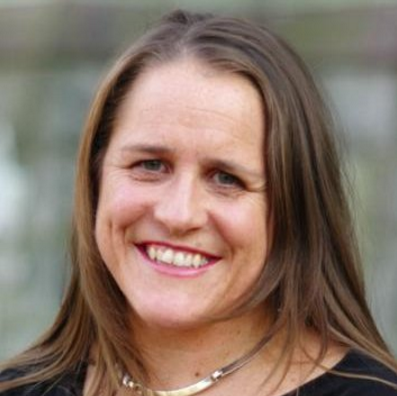Media warned about dangers of pre-roll ads on live streams
The increasing reliance of editors and journalists on live streams for footage of unfolding incidents such as terror attacks and police shootings has opened up major questions about the use of pre-roll advertising and the ability to control comments and emojis, First Draft News’s Claire Wardle has warned.
Speaking at a workshop on media ethics and Facebook Live, Wardle said media outlets have to look more closely at the ethics around having ads in front of distressing footage and also recognise how the practice detracts from the user experience.
“The issue of pre-roll ads as a means for revenue to support news, particularly in the States, there is a recognition now that that’s not from a user experience the best thing to do,” Wardle told Mumbrella.


